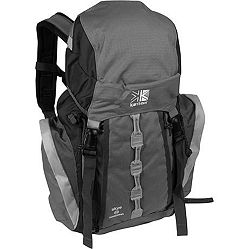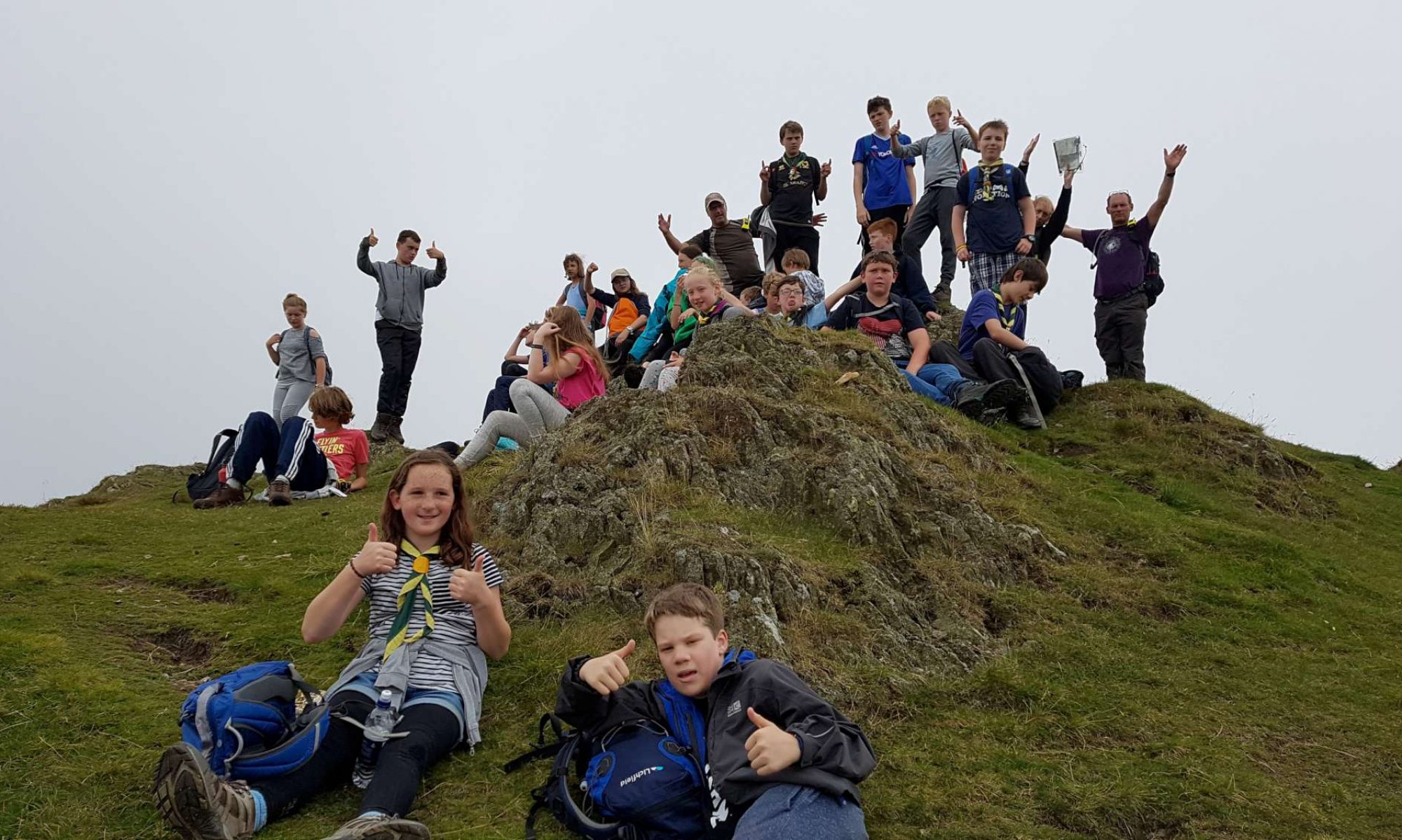The alpine environment can sometimes be dangerous. You can start a hike in sunshine in the morning and by the afternoon it can be raining or even snowing. It is therefore essential that individuals and our entire group have the correct equipment. If you do not have what the KISC instructor considers to be suitable equipment to take part in one of their activities, then you will be unable to participate. If you are excluded due to lack of equipment, this could effect others in the group as we won’t be able to leave you behind on your own – someone will have to stay with you!
Be prepared!

The following items are essential requirements
-
Hiking boots with ANKLE SUPPORT. Strong and comfortable. Don’t leave buying new boots until two weeks before we go! They need to be “worn” in. GET THEM NOW AND GET USING THEM!!
-
Several pairs of good socks. Blisters and sore feet can be miserable. Get some good quality hiking socks from Millets or other outdoor shop. Avoid cotton – get synthetic or wool – look for Merino wool – these will wick away moisture from around your feet. Specialist socks are double lined with an inner and an outer, and seams will be well designed. Choose socks that fit well – and not so thick that they make your boots feel tight. A popular choice when wearing heavier boots, is to wear two layers – a thin inner sock or liner, and a thicker outer sock. The idea being the friction of each step of one surface moving against another will take place between the two layers of socks instead of next to your skin forming blisters. Those with lighter weight boots may prefer a single pair of double lined socks such as 1000 mile available from Millets
-
Hard wearing trousers such as light cotton, or cargo trousers – NOT Jeans – denim soaks up water and becomes heavy, uncomfortable, and cold. I’m hoping that in August -shorts will be the order of the day!
-
Warm clothing – best in several layers, including hat and gloves
-
Waterproof jacket & trousers. These items are very important and should be good quality items – a “pack-a-mac” or “mac-in-a-sack” will not cut it in the Alps.
-
Sun protection – sunglasses, lip salve, sun cream, a hat and neckerchief.
-
A water bottle and a lightweight plastic box to put your sandwiches in (stops them getting squashed!)
-
Rucksack – needs to be a least 25 litres capacity
 (large enough for a change of clothes, waterproofs and your lunch), with padded shoulder straps, and preferably a hip belt.
(large enough for a change of clothes, waterproofs and your lunch), with padded shoulder straps, and preferably a hip belt. -
Personal First aid kit
-
Torch (small)
-
Map, compass and whistle (group equipment but if you have a compass and a whistle – bring them)
-
Money for emergencies
Tip: Always ask for “Discount for Scouts” wherever you shop for outdoor kit – it’s usually available. Millets in town will usually give 10%, and the Outdoor Shop in Stoney Stratford does too. They’ll probably want to see your group necker as proof of membership so take it with you.

